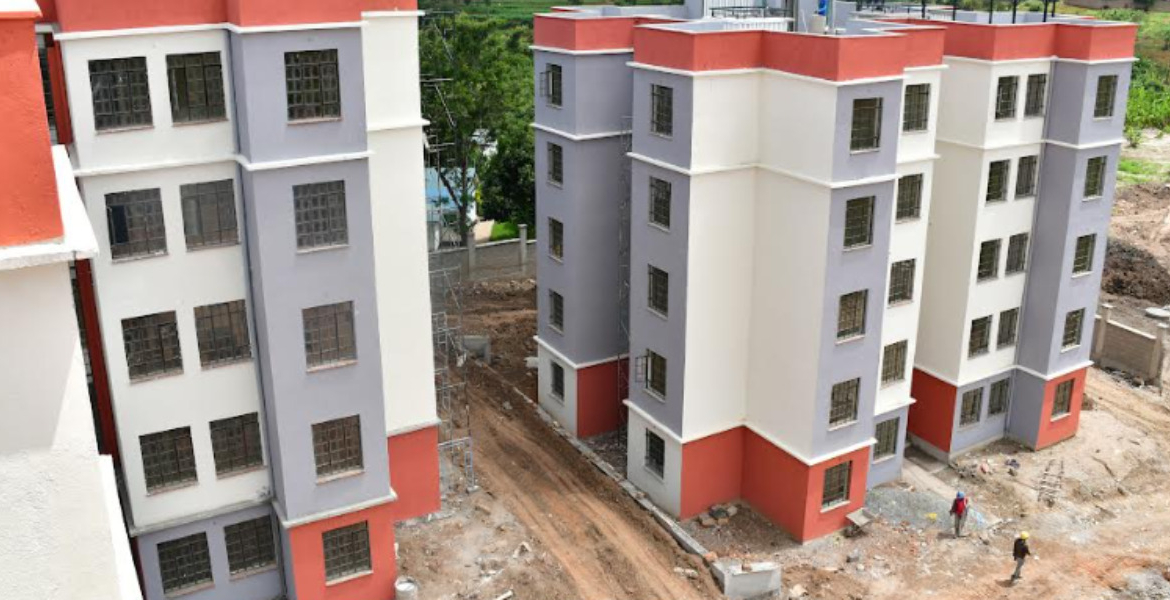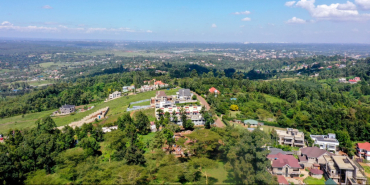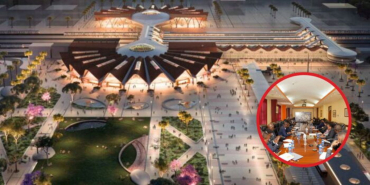Real Estate Experts Call for Modern Construction to Improve Low-Cost Housing

Kenya's ambitious affordable housing agenda, a cornerstone of the Kenya Kwanza Alliance's policies since assuming power in September 2022, is under scrutiny as concerns emerge regarding the quality of life in these developments.
As the nation grapples with a significant housing deficit exacerbated by a rapidly expanding population, the government has initiated various affordable housing projects aimed at narrowing the gap. However, these initiatives have ignited a debate over whether affordability is being prioritised at the expense of quality living conditions for residents. The Park Road affordable housing project in Ngara serves as a focal point for these concerns. Residents have reported a litany of issues, including poor sanitation, estate neglect, insecurity, and inconsistent water supply, despite paying a monthly service fee of Sh3,000.
Some residents have been forced to purchase water at exorbitant rates, paying as much as Sh150 for a 20-litre container. These complaints raise a central question: Can affordability and quality coexist in Kenya's housing sector? Chris Ochieng, CEO of Gulf Cap Real Estate, argues that affordability and quality are not mutually exclusive. Drawing on his experience in overseas real estate projects, Ochieng advocates for the adoption of advanced construction technologies to maintain high standards while reducing costs. Techniques such as tunnel and aluminium formwork, prevalent in developed economies, facilitate efficient construction processes by minimising material wastage and accelerating project timelines.
Ochieng believes that these methods could substantially lower housing costs if implemented locally, but high upfront expenses and limited expertise in Africa have hindered their widespread adoption. To address this gap, Ochieng suggests investing in workforce training and professional development. He proposes sending Kenyan artisans abroad to learn modern construction methods, which could help overcome the shortage of skilled labour and facilitate knowledge transfer. Such initiatives could enhance the adoption of cutting-edge technologies, fostering efficiency in the construction industry. However, housing developers face challenges that extend beyond technical constraints.
Global disruptions, including the COVID-19 pandemic and geopolitical conflicts, have disrupted supply chains, leading to inflated construction costs and project delays. Ochieng emphasises the financial strain caused by these uncertainties, stressing the importance of proactive planning and cost management. Efficiency in project execution is another critical factor. Ochieng explains that timely completion minimises overhead costs, including salaries for idle workers and maintenance of unused equipment. These measures not only safeguard developers' financial stability but also ensure that housing remains affordable for consumers.
Design innovation presents an additional opportunity to reduce costs. Incorporating features such as water recycling systems and maximising natural lighting can lower utility expenses. Ochieng advocates for rethinking traditional security measures, such as perimeter walls, in favour of strategies that integrate retail spaces to generate revenue and enhance safety through increased human activity. Scaling down unit sizes is another practical approach to affordability. Ochieng notes that large units inflate construction costs unnecessarily, urging developers to design more functional and space-efficient residences.
Separating waste at source within housing developments could further reduce service charges, making amenities more accessible to residents. He also emphasises the value of maintaining quality amenities, such as sports and arts facilities, which foster community engagement and enhance property value. Maintaining the value of residential properties is crucial for attracting investors and ensuring long-term sustainability. Ochieng observes that certain areas in Nairobi, once considered prestigious, have experienced significant declines in property value due to neglect.
Developers can counteract this trend by investing in materials and designs that preserve the leasehold value of housing estates, benefiting both current residents and future generations. Access to affordable housing near transit hubs presents another dimension of the housing crisis. Low-income households, heavily reliant on public transportation, often face high rents for homes located close to these hubs or are forced to live far from transit corridors. Ochieng argues that increasing the supply of affordable housing in transit-accessible locations could alleviate transportation costs, often the second-largest expense after housing.
Despite the myriad strategies available to improve affordability and quality, significant barriers remain, chief among them, access to credit. In Kenya, securing a mortgage often requires a substantial deposit of up to Sh200,000, an unattainable sum for many citizens whose average monthly income stands at Sh50,000. Moreover, the informal economy, which constitutes 80 percent of Kenya’s workforce, lacks formal financial documentation, such as payslips or bank statements, that are typically required by lenders. Ochieng highlights this disparity, noting that informal workers, such as those operating in Gikomba market, struggle to access financing despite demonstrating consistent savings patterns.
To address these challenges, streamlined processes for obtaining tax incentives under affordable housing programs could bolster efficiency and participation. Alex Njage, Head of Commercial Property at Bowmans Kenya, calls for the establishment of a functional one-stop shop for evaluating and issuing tax incentives. Simplifying bureaucratic procedures would encourage developers to engage with affordable housing initiatives, ultimately benefiting consumers. Architect Gilbert Kilonzo underscores the need to streamline development approvals to prevent project delays that inflate costs and compromise quality.
He advocates for public-private partnerships as a means of addressing land ownership hurdles and providing access to incentives, enabling developers to transfer cost benefits to consumers. Kenya's housing deficit has been a persistent challenge driven by rapid population growth and urbanisation. According to the World Bank, Kenya's urban population is growing at an annual rate of approximately 4%, placing significant pressure on existing housing infrastructure. The government's affordable housing agenda is part of a broader effort to address this deficit and provide decent housing for all citizens.








Add new comment